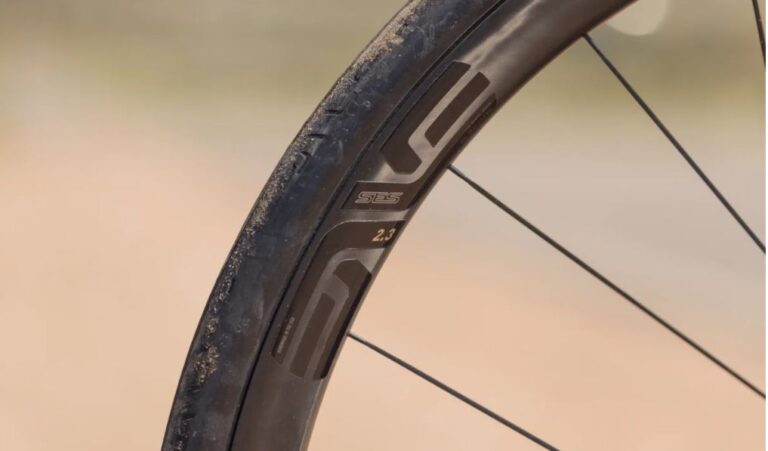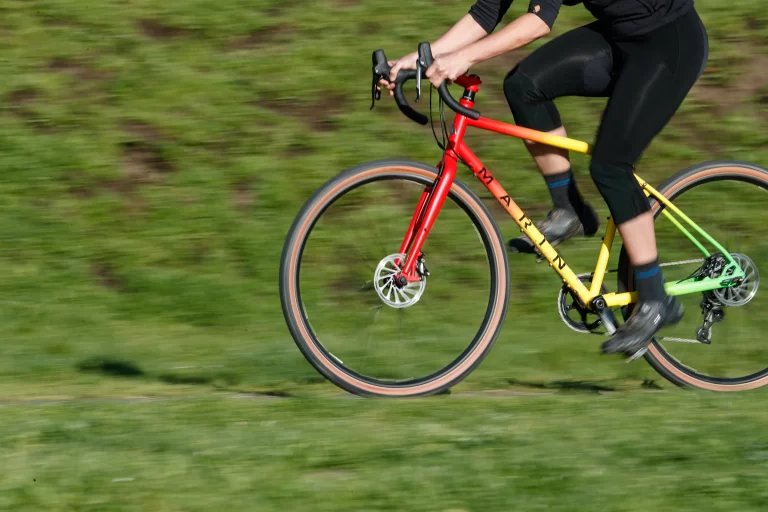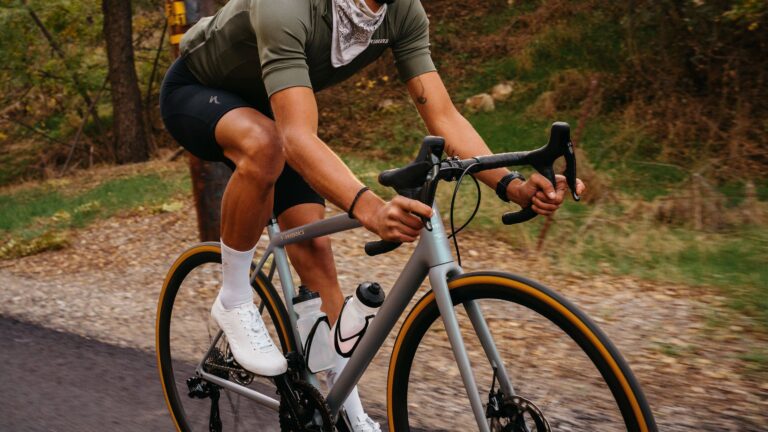Rolling Strong: Durability Factors for Road Bike Wheels
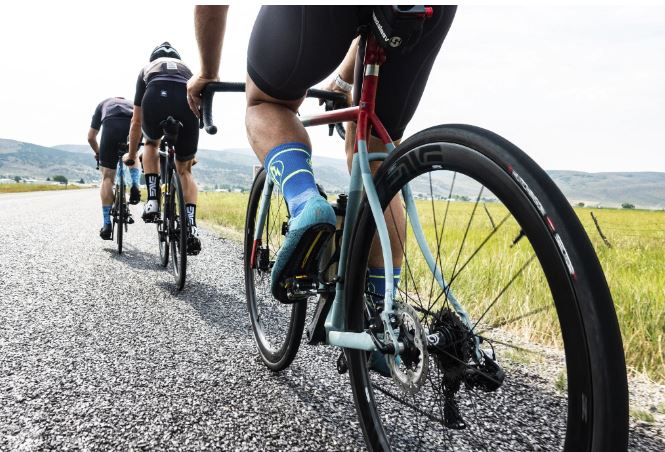
Key Point Summary of Durability Factors for Road Bike Wheels:
- Understanding Wheel Durability: Durability is influenced by material strength, design, and construction quality. It’s vital for longevity and performance.
- Material Strength: Carbon vs. aluminum – each has its advantages in terms of durability, with carbon offering high strength-to-weight ratios and aluminum being renowned for its toughness.
- Wheel Construction: How wheels are built, including spoke tension, lacing patterns, and rim construction, plays a significant role in their durability.
- Rider and Usage Considerations: The weight of the rider and how the bike is used (racing, training, mixed-terrain riding) directly impact wheel longevity.
- Maintenance and Care: Regular maintenance can significantly extend the life of your wheels, including cleaning, spoke tension checks, and timely repairs.
- Choosing the Right Wheels: Factors to consider for durability when selecting a new wheelset, tailored to individual riding needs and conditions.
As a masters cyclist with a diverse background in racing and riding across disciplines such as mountain biking, gravel, and cyclocross, I’ve come to appreciate the critical role that durable wheels play in the overall cycling experience. The quest for durability in road bike wheels is a balance of material strength, construction quality, and appropriate use, coupled with regular maintenance. Whether navigating the punishing pavé of northern classics, enduring the relentless ascent of alpine cols, or simply embarking on the daily grind, the resilience of your wheels can be the difference between triumph and tribulation.
The Essence of Wheel Durability
Durability in road bike wheels is not just about surviving the ride; it’s about maintaining optimal performance over thousands of kilometers, through all manner of conditions. Over the years, I’ve witnessed firsthand how the right wheelset can endure the rigors of competitive racing, while another succumbs to the pressures of hard training sessions. This resilience is rooted in the choice of materials, from the rim to the spokes and hubs, each component playing a pivotal role in the wheel’s longevity.
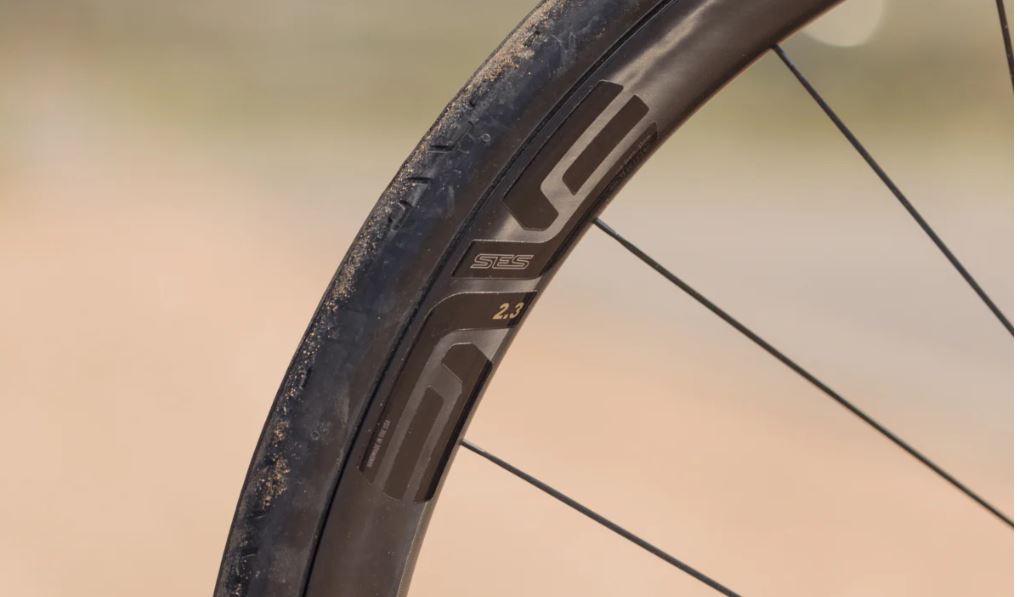
Material Matters: Carbon vs. Aluminum
The debate between carbon and aluminum wheels is as much about performance as it is about durability. Carbon wheels, with their high strength-to-weight ratio, offer exceptional stiffness and responsiveness, making them a favorite among racers and performance-oriented riders. However, their durability is often underestimated; modern carbon wheels are not only lightweight but also remarkably resilient against impacts and fatigue. On the other hand, aluminum wheels have long been hailed for their toughness and ease of repair, qualities that make them a go-to choice for training and everyday riding. The key is understanding how these materials respond to different stresses and how they’re engineered to meet the demands of road cycling.
Construction and Design: The Blueprint of Durability
The way a wheel is built — from its spoke tension and lacing pattern to the design of the rim and hub — is fundamental to its durability. High spoke tensions and robust lacing patterns can enhance a wheel’s ability to distribute loads and withstand impacts, while rim depth and profile influence its aerodynamics and structural integrity. Through trial and error, as well as advancements in technology, wheel manufacturers have refined their designs to produce wheels that can withstand the demands of modern road cycling, from the smooth asphalt of a racecourse to the unpredictable terrain of adventure riding.

Beyond the Build: Rider and Usage Factors
Durability is not solely a product of design and materials; it is also influenced by the rider and how the wheels are used. Heavier riders or those with a powerful pedaling style may exert more stress on their wheels, necessitating a stronger, more durable wheelset. Similarly, wheels used for mixed-terrain riding or in adverse weather conditions may face accelerated wear, highlighting the importance of choosing a wheelset that matches your riding style and the conditions you most frequently encounter.
The Role of Maintenance in Wheel Longevity
The longevity of road bike wheels is significantly enhanced by regular maintenance. Routine checks and care, including cleaning the wheels, inspecting for damage, and ensuring spokes are correctly tensioned, can prevent minor issues from escalating into major problems. In my experience, a well-maintained wheelset not only lasts longer but also performs better, providing a more enjoyable and reliable riding experience.
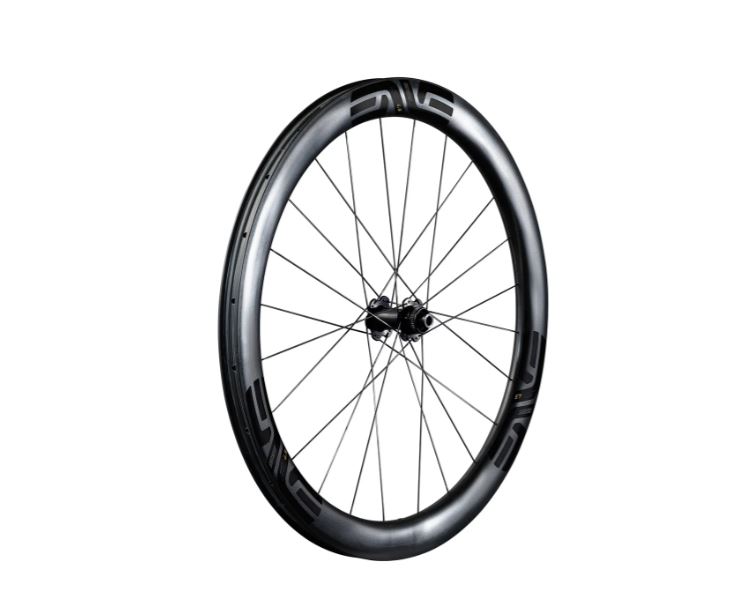
Selecting Durable Wheels: A Guide for the Informed Cyclist
Choosing a new wheelset with durability in mind requires careful consideration of several factors. Beyond material and construction, it’s essential to consider the type of riding you do, the conditions you typically encounter, and your expectations for wheel performance and longevity. By prioritizing these aspects, cyclists can make informed decisions that align with their needs, ensuring they invest in wheels that will stand the test of time and support their cycling ambitions.
To Recap
In the pursuit of durable road bike wheels, knowledge and consideration are your greatest allies. Understanding the interplay between materials, construction, usage, and maintenance can guide you toward making choices that enhance your cycling experience. As someone who has navigated the complexities of cycling equipment across various disciplines, I can attest to the value of durable wheels. They are not just a component of your bike; they are the foundation of your ride, influencing every pedal stroke and steering decision. In choosing wheels that prioritize durability, you invest in the reliability, performance, and enjoyment of your cycling journey.
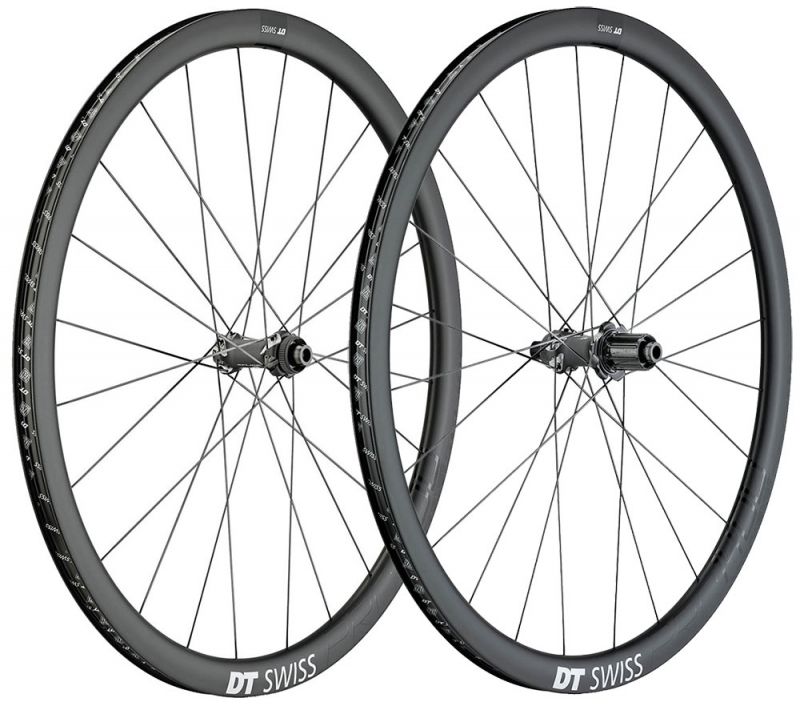
For road biking, especially when considering a blend of performance, durability, and suitability for various conditions, here are some of the best road bike wheels available:
- Zipp 303 Firecrest Carbon Wheelset: Known for its versatility, the Zipp 303 Firecrest offers an excellent balance between aerodynamics, weight, and durability. It’s suitable for everything from racing to gravel riding.
- Mavic Cosmic Pro Carbon UST: Mavic’s Cosmic Pro Carbon UST wheels provide a great combination of low weight, aerodynamic efficiency, and improved comfort through UST Tubeless compatibility, making them a solid choice for performance-oriented riders.
- ENVE SES 3.4 Carbon Wheelset: With rims of different depths for the front and rear (the front is shallower for reduced aerodynamic drag and improved stability, rear is deeper for better aerodynamics), the ENVE SES 3.4 is designed for all-around road performance, offering lightweight, durability, and aero benefits.
- Shimano Dura-Ace WH-R9100-C24-CL: Ideal for climbers looking for a lightweight option, the Shimano Dura-Ace C24 combines low weight with the reliability and durability Shimano is known for, making them excellent for both racing and training.
- Campagnolo Bora WTO 45 Disc Brake: Campagnolo’s Bora WTO 45 wheels are designed for optimal aerodynamics and are well-suited to all aspects of road riding. They offer a good mix of lightweight, aerodynamic efficiency, and durability, especially for disc brake setups.
- DT Swiss PRC 1400 Spline 35: DT Swiss offers this all-around performer that balances aerodynamics, weight, and durability. The PRC 1400 Spline 35 is versatile enough for climbing, sprinting, and long-distance riding.
Each of these wheelsets has been designed with a specific aspect of road cycling in mind, whether it’s climbing efficiency, aerodynamic performance, or all-around versatility. The best choice for an individual rider depends on their specific needs, riding style, and budget.
FAQ
What is the lifespan of a road bike wheel?
The lifespan of a road bike wheel varies widely based on materials, usage, and maintenance but typically ranges from 1,500 to 15,000 miles. Regular maintenance and avoiding harsh conditions can extend this range.
What makes a bike wheel strong?
A bike wheel’s strength comes from its construction quality, spoke tension, material (such as high-quality aluminum or carbon fiber), and the design of the rim, spokes, and hub. Proper lacing patterns and a higher spoke count can also contribute to overall strength.
How durable are carbon wheels?
Carbon wheels are durable within their intended use, benefiting from advancements in materials and manufacturing that enhance their impact resistance and longevity, suitable for both competitive racing and varied terrains.
What makes a good wheelset?
A good wheelset balances weight, stiffness, durability, maintenance ease, and aerodynamics, tailored to its intended use and tire compatibility, defining its quality and suitability for specific cycling activities.
Happy Riding!
John
